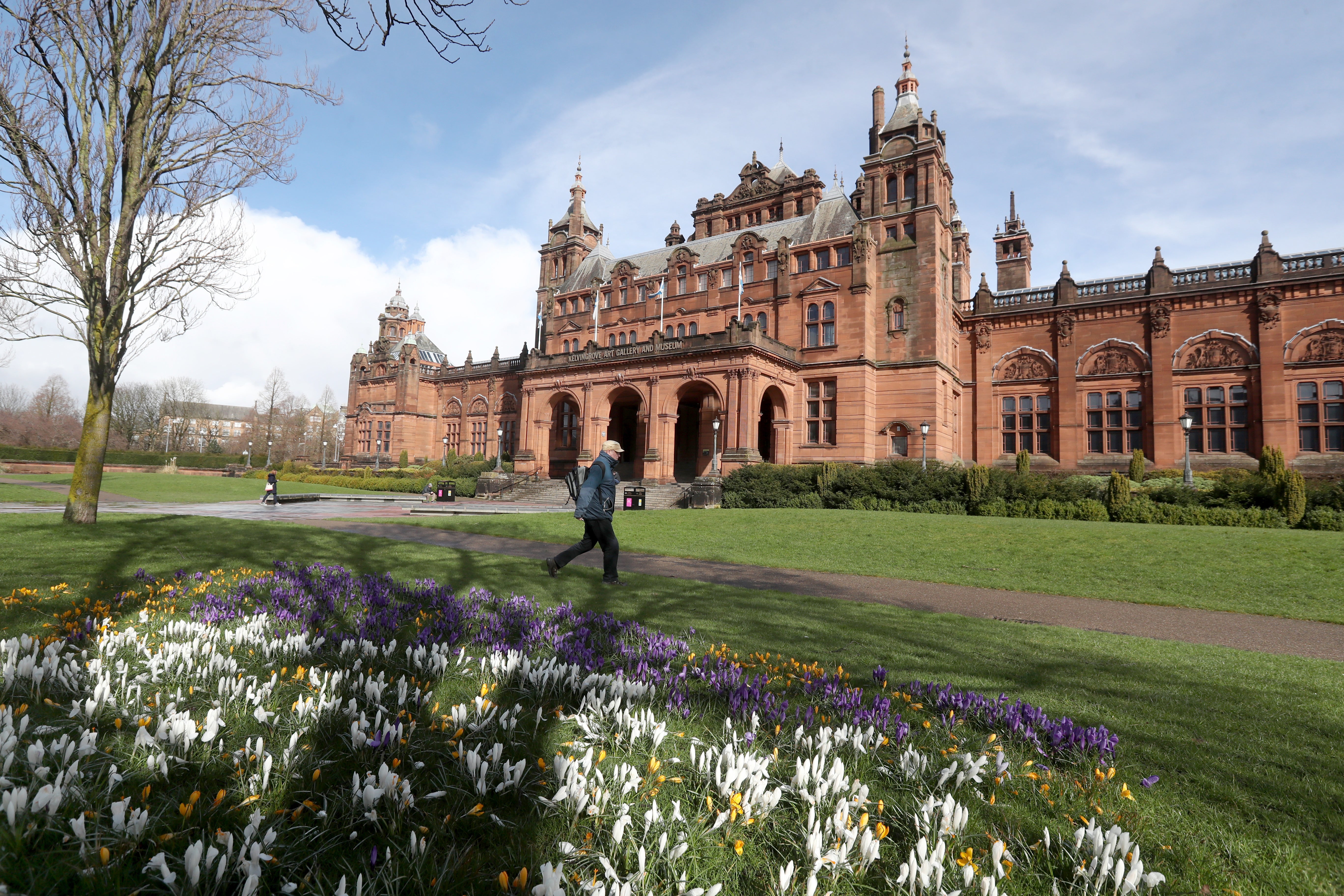Descendants call for relics of massacre kept in Scottish museum to be returned
A pair of moccasins, a child’s bonnet and a war necklace made from deer hooves are said to be in Glasgow’s Kelvingrove Art Gallery and Museum.

Your support helps us to tell the story
From reproductive rights to climate change to Big Tech, The Independent is on the ground when the story is developing. Whether it's investigating the financials of Elon Musk's pro-Trump PAC or producing our latest documentary, 'The A Word', which shines a light on the American women fighting for reproductive rights, we know how important it is to parse out the facts from the messaging.
At such a critical moment in US history, we need reporters on the ground. Your donation allows us to keep sending journalists to speak to both sides of the story.
The Independent is trusted by Americans across the entire political spectrum. And unlike many other quality news outlets, we choose not to lock Americans out of our reporting and analysis with paywalls. We believe quality journalism should be available to everyone, paid for by those who can afford it.
Your support makes all the difference.Museum bosses are in talks with the descendants of Native Americans killed in a massacre over the future of historic artefacts.
Glasgow Life, which runs museums in the city, said it had received a request for the return of relics from the Kelvingrove Art Gallery and Museum.
Items linked to the Wounded Knee Massacre of 1890, in which hundreds of men, women and children from the Lakota tribe were killed on the plains of South Dakota, are part of the collection there.
However, some of the items may have been stolen from the bodies of victims of the killings.
These are spiritual items that should not be displayed anywhere
The collection at the Kelvingrove Art Gallery and Museum in Glasgow includes a pair of moccasins, a child’s bonnet and a war necklace made from deer hooves which are said to have been brought across the Atlantic by George Crager, a Lakota interpreter for the Buffalo Bill Wild West Show that toured Scotland in late 1891 and early 1892.
In 1999, the museum returned a ceremonial “Ghost Dance” shirt which had been worn by a Lakota warrior at the massacre.
A spokesman for Glasgow Life told PA it had received a further request for the relics from representatives of the Wounded Knee Survivors Association and that “continuing discussions” are taking place with its members and the Oglala Lakota people.
The spokesman said: “Glasgow has always been open about the items it holds and (has responded) to a further request for repatriation as part of our policy to engage constructively, proactively and sensitively with any descendent communities or nations who make such appeals.”
Earlier, Charles New Holy, acting chief of the Wounded Knee Survivors Association, told Art Newspaper: “Those items belong to our grandfathers and grandmothers – their spirit is still connected to them – but people see prestige and money in them.
“These are spiritual items that should not be displayed anywhere.”